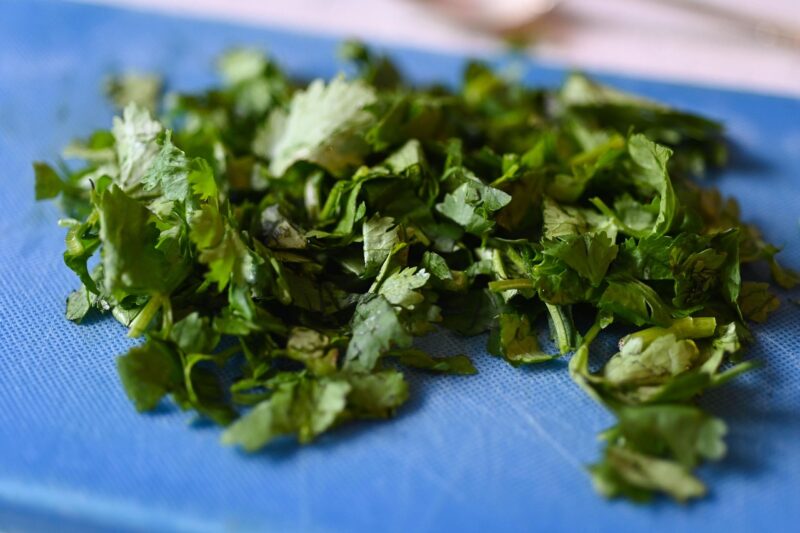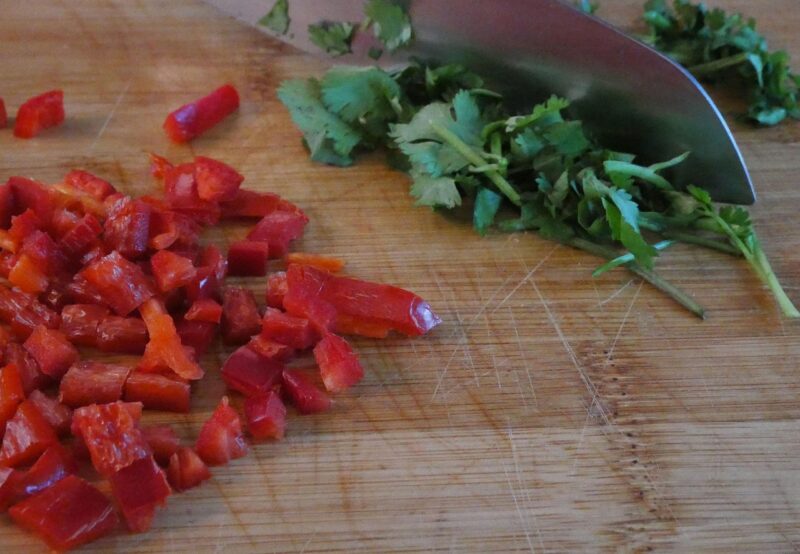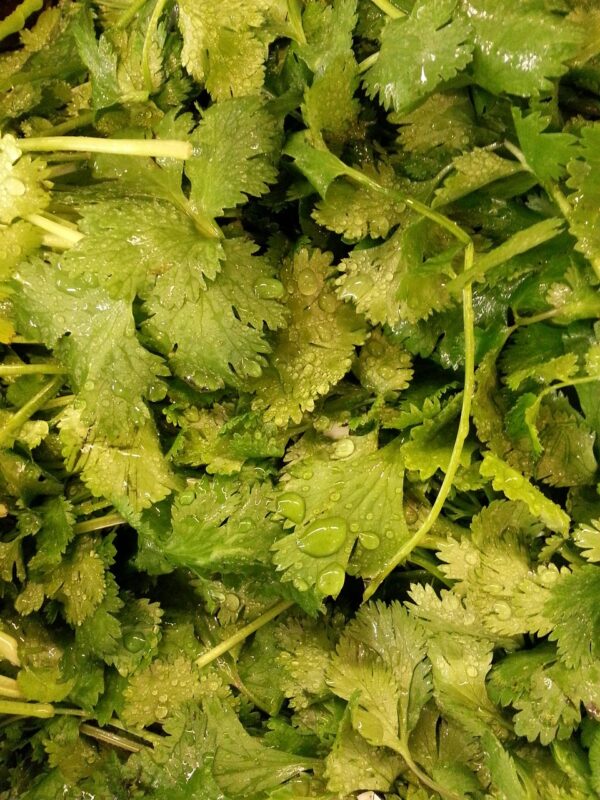tacos to salads. Yet, when faced with a bountiful harvest or a bulk purchase from the market, many home cooks wonder: can you freeze cilantro? The short answer is yes, but there’s so much more to consider. In this thorough exploration, we will journey through the ins and outs of freezing cilantro, the best practices to ensure flavor retention, the culinary possibilities that arise from preserving this herb, and even delve into some fascinating cultural insights surrounding cilantro.
The Benefits of Freezing Cilantro
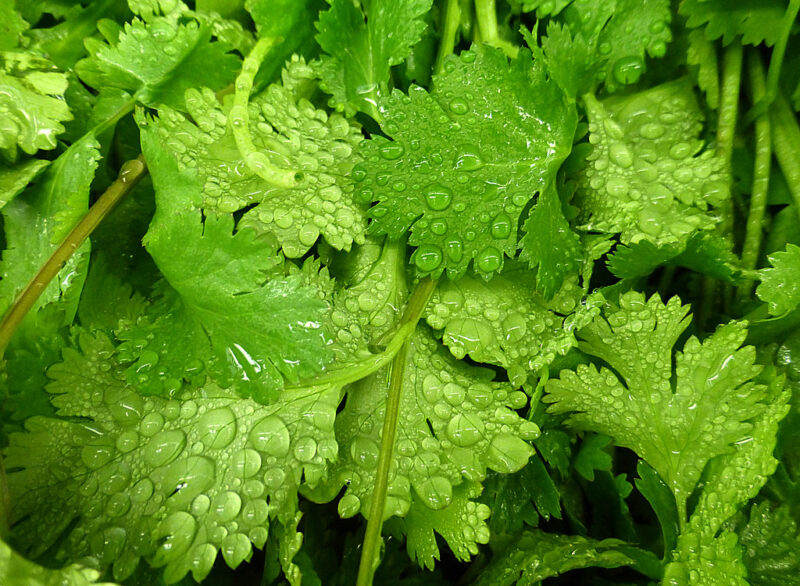
Freezing cilantro offers numerous benefits:
Preservation of Flavor: Freezing allows you to capture the herb at its peak freshness.
Reduce Waste: Buying cilantro in bulk often leads to waste since the herb can wilt quickly once harvested. Freezing helps you make the most of your purchase.
Convenience: Having frozen cilantro on hand can save time in meal prep, allowing for quick access to a vibrant flavor without the need to shop frequently.
With these benefits in mind, let’s look at the practical steps you can take to freeze cilantro effectively.
How to Freeze Cilantro: Step-by-Step Guide
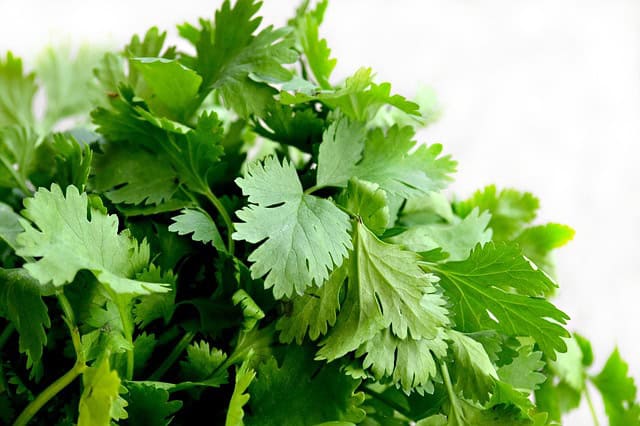
If you’ve decided to freeze cilantro, following these steps will help you achieve the best results:
1. Select Fresh Cilantro
Start by choosing good quality cilantro. Look for bright green leaves without any signs of browning or wilting. Freshness is key to retaining flavor once frozen.
2. Wash and Dry
Thoroughly rinse the cilantro under cool, running water to remove any dirt or debris. After washing, shake off excess water and pat the leaves dry with a clean towel or use a salad spinner for efficiency. Removing moisture is crucial; excess water can lead to freezer burn.
3. Chopping (Optional)
Depending on how you plan to use the cilantro later, you may choose to chop it. If you often use it in small amounts for garnishing, chopping it can lead to more convenience when it comes time to cook. However, if you prefer to use whole leaves, skip this step.
4. Portioning for Freezing
Divide the cilantro into small portions. Using an ice cube tray is an excellent method for freezing herbs. Fill each compartment with chopped cilantro and add a little water or olive oil, then freeze. This makes it easy to pop out a cube when needed, eliminating the need to thaw a large quantity at once.
5. Pack for Freezing
If using the ice cube method is not your style, you can also freeze cilantro in zip-top freezer bags. Make sure to remove as much air as possible before sealing. Label bags with the date and contents for future reference.
6. Freezing
Place your packed cilantro in the freezer. It’s best to spread out the bags or trays so that the cilantro freezes evenly. Once frozen, you can transfer the cubes from the tray for more compact storage.
Thawing Cilantro: Tips for Best Results
When the time comes to use your frozen cilantro, it’s vital to know the best ways to thaw it. Unlike some ingredients which thrive when defrosted in the fridge, cilantro is best used while still somewhat frozen. Here’s how to manage it:
Use Directly from the Freezer: For soups, stews, or sauces, add the frozen cilantro directly into the pot. The heat will thaw it instantly and integrate the flavor beautifully.
Quick Thaw: If you need it thawed for garnishing, run the cubes under warm water for a few seconds or leave them out at room temperature for a short time.
Flavor Considerations
While freezing can extend the life of cilantro, there are some flavor considerations to keep in mind. Freezing may change the texture of cilantro—leaving it less crisp than fresh. However, its flavor can remain robust if frozen properly.
If you plan to use cilantro primarily for cooking, the slight change in texture will likely go unnoticed amid the spices and other ingredients. However, if you’re using it as a garnish, you may want to keep some fresh cilantro on hand as well.
Culinary Uses for Frozen Cilantro
Thinking about how to use your frozen cilantro can inspire a range of culinary adventures. Here are some delicious ideas:
1. Soups and Stews
Frozen cilantro works wonders in soups and stews. Add it during the cooking process, allowing its flavor to infuse the broth beautifully.
2. Salsa and Dips
If you’re making a salsa or guacamole, throw in a couple of frozen cubes for a flavor boost. Simply blend them right into the mix or let them thaw slightly before adding.
3. Marinades
Incorporate frozen cilantro into marinades for poultry, seafood, or vegetables. It adds a fresh kick to grilled dishes, enhancing the overall flavor profile.
4. Rice and Grain Bowls
Add nutrition and flavor to rice or grain bowls by tossing in some chopped frozen cilantro before serving. It adds a delightful freshness that can brighten a meal.
Storing Fresh Cilantro: Alternatives to Freezing
While freezing is one effective preservation method, you might wonder about other ways to keep cilantro fresh. Here are some alternatives:
1. Refrigeration
If you plan to use cilantro within a week, simple refrigeration may be sufficient. Store it upright in a glass of water, like a bouquet, and cover the leaves loosely with a plastic bag to retain moisture without suffocating the herb.
2. Herb Hibernation
Wrap cilantro in a damp paper towel and place it in a resealable bag in the fridge. This method can help maintain its freshness for several days.
3. Drying Cilantro
If you’ve got more cilantro than you can handle, drying it is another option. This method strips the herb of its natural moisture, and while the flavor is different than fresh, it still works wonders in various dishes. Simply hang the stems upside down in a cool, dry place until they’re fully dried, then crumble the leaves and store them in an airtight container.
Conclusion: The Last Word on Freezing Cilantro
So, can you freeze cilantro? Absolutely! By following the right techniques, you can retain its vibrant taste and wonderful aroma, making it a staple in your kitchen even when fresh cilantro isn’t readily available. Through freezing, you’re not just storing a herb; you’re preserving memories of meals shared with loved ones, cultures explored through cooking, and a pinch of flavor that can elevate any dish.



